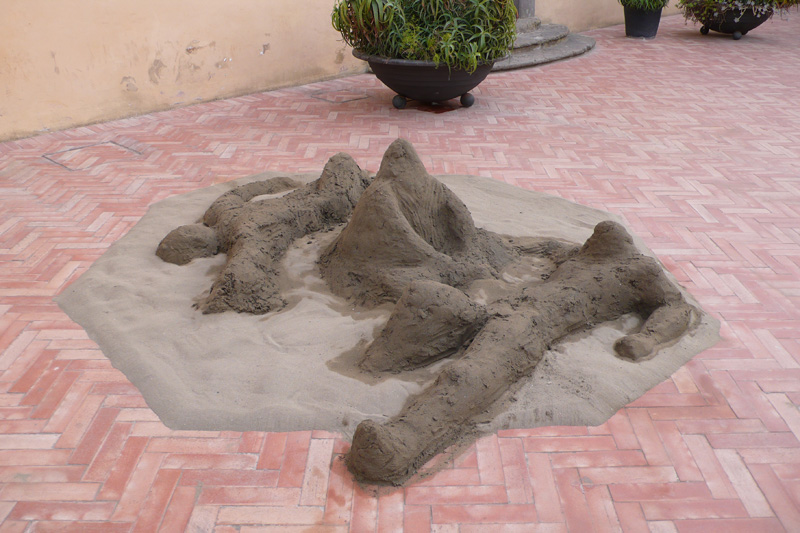|
|
|
The Saracen founded Nettuno in the 9th century. The Saracen camp at Minturno (in modern days Lazio) by the Garigliano River became a perennial thorn in the side for the Papacy and many expeditions were sought to rid them. In 915 Pope John X organized a vast alliance of southern powers, including Gaeta and Naples, the Lombard princes, and the Byzantines, though the Amalfitans stood aloof. The subsequent Battle of the Garigliano was successful and the Saracens were ousted from any presence in Lazio or Campania permanently, though raiding would be a continuous problem for another century. The privately owned Villa Costaguti-Borghese at Nettuno, built 1648, has extensive gardens in a landscape park designed around 1840, now protected as a natural reserve. The Borghese Gladiator, a Hellenistic marble sculpture was discovered at Nettuno in 1611 and had its own room in the villa. It was sold to Napoleon in 1807 and is now in the Louvre. Nettuno has one of the most important Italian baseball teams, Danesi Nettuno often winner of the Championship. U.S. soldiers, who landed along the coasts for the Operation Shingle in 1944, taught this game to the local people during the Second World War. |
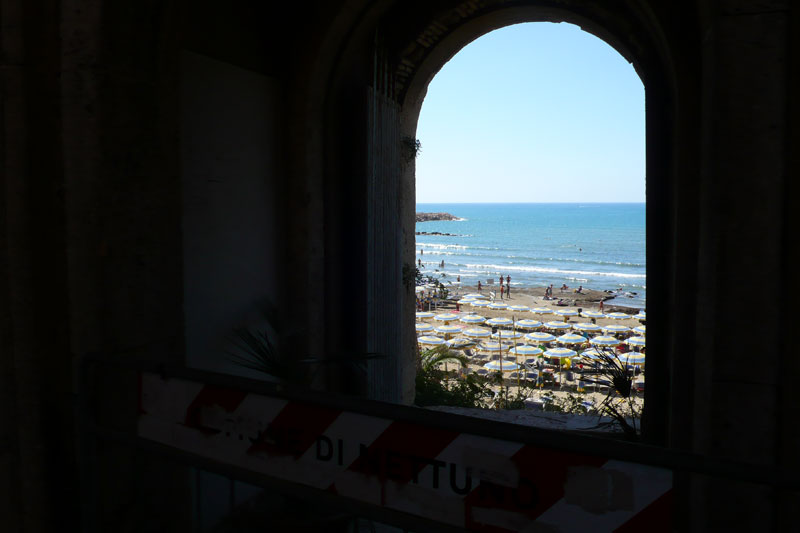 The "Saracen's Portal", the Forte San Gallo's access to the sea. This was the backdoor, as the Forte was built towards the hills |
|
My idea is to re-visit the cultural background of the town trough those three figures that determined the identity of the place, coming from far away and leaving. I’d like to collaborate with the local artists involved in the festival, imagining to build up a scenery involving the three figures and work on the possible dialogues and a context, like ghosts or oracles appearing during the time of the festivities. They would function as projection surfaces for actual issues, where the improbable encounter of those figures should point to the heterogeneous origin of cultural identities. The medias to be used are to be determined by the local possibilities, the stress being put on the collaboration with the organization team of the festival. Nevertheless it should be adequate with a sensation of popular local culture. |
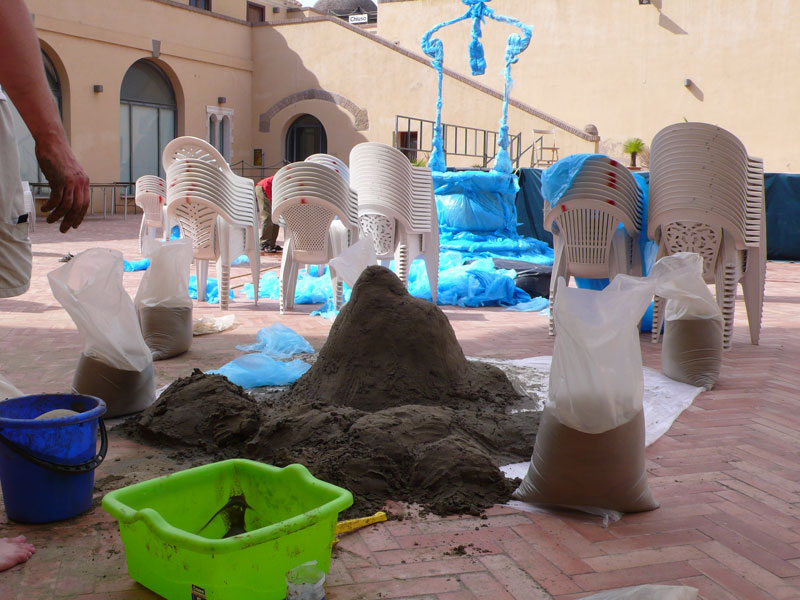 The making of... Building with sand |
| Considering the context, I decided to build the monument with Sand. We got it from the beach that goes all along Nettuno. I felt like the kids, massively present on the beach, bathing and building their ephemeral castles, but also like some strange invader, bringing in all this sand (nearly a ton) in the forte, announcing its abandon and taking over by a future desert. The material fitted also the timing of the show: Built in one day, the figurative monument had five days to dry and crumble, ending into a dune that wil eventually be dispersed by the wind hose catched in the forte. |
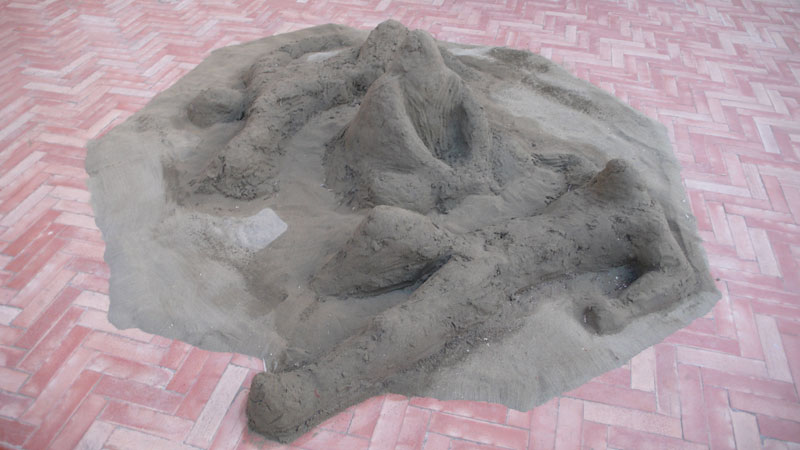 |
| In the front, it's the base-ball player, sliding out of the form towards its base. Second is a sitting figure, a watching guard over the camp or welcoming you in it's tent. In the back it's the borghese gladiator, laying on it's back, that inspired the drowning figure of the painting "Watson and the shark" painted by Copley, an english painter famous for portraiting figures of the New England colony. The material made it impossible to make the heads, giving the figure an unfinished, ectoplasmic appearance. The octogon is both a reference to the classical geomatrical figure of islamic arts, and the Castel del Monte built by norman emperor Frederick II. |
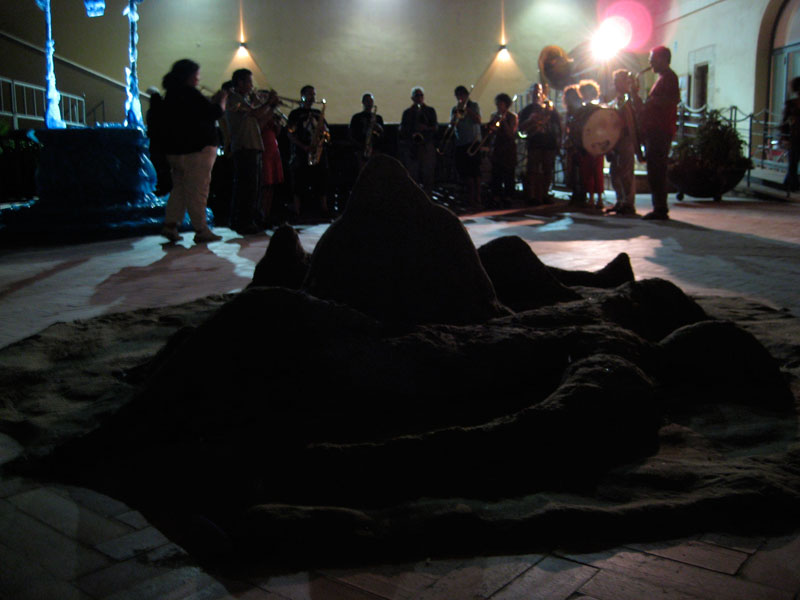 Standing trough the festive nights |
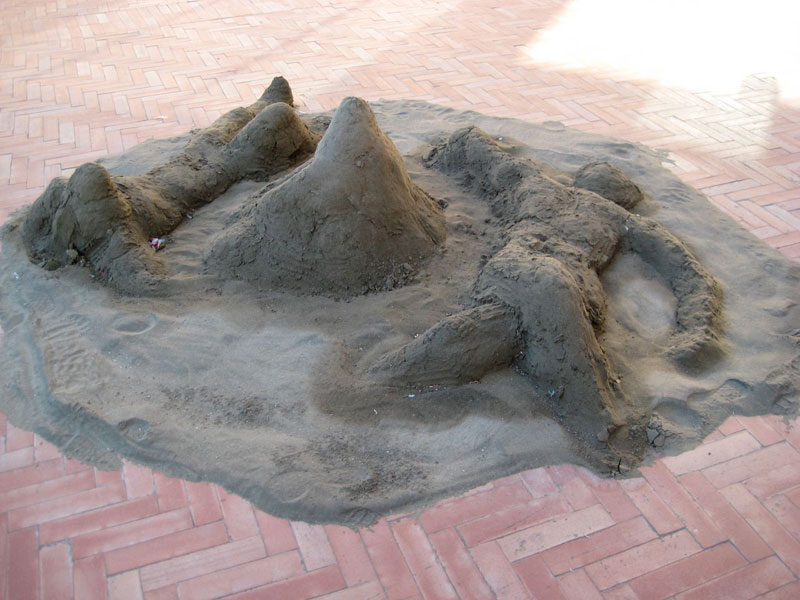 Decay |
| To learn more about the festival Rifrazioni, go to www.rifrazioni.org. In the show participated also: Beat Lippert, Sylvie Rodriguez, Irene Selka, Dominique Schoeni, Théa & Dora and Hans Focketyn, and the school of photography in Rome. |
 Back to the beach |
